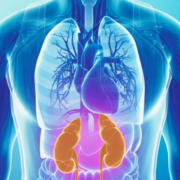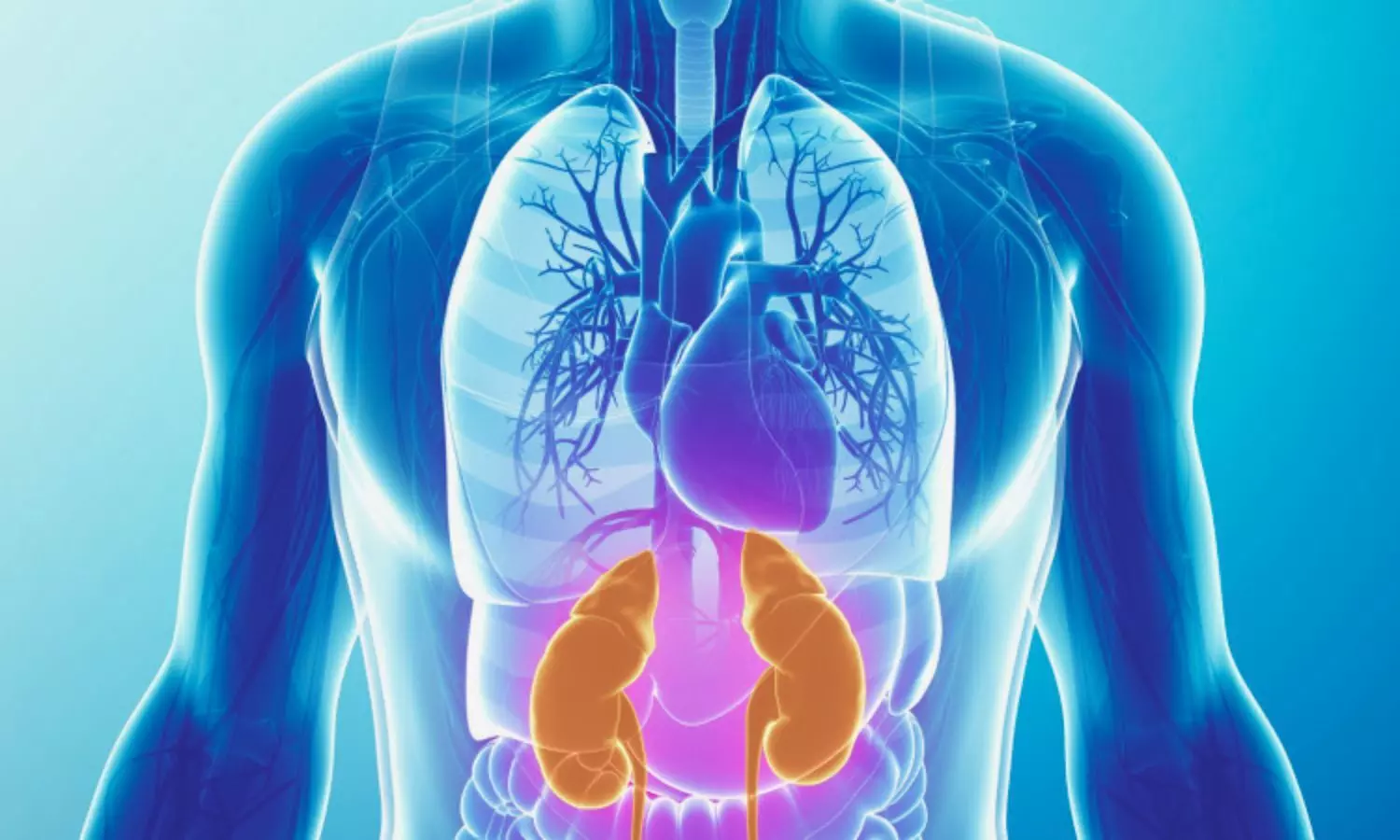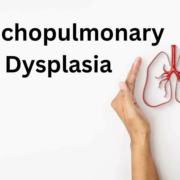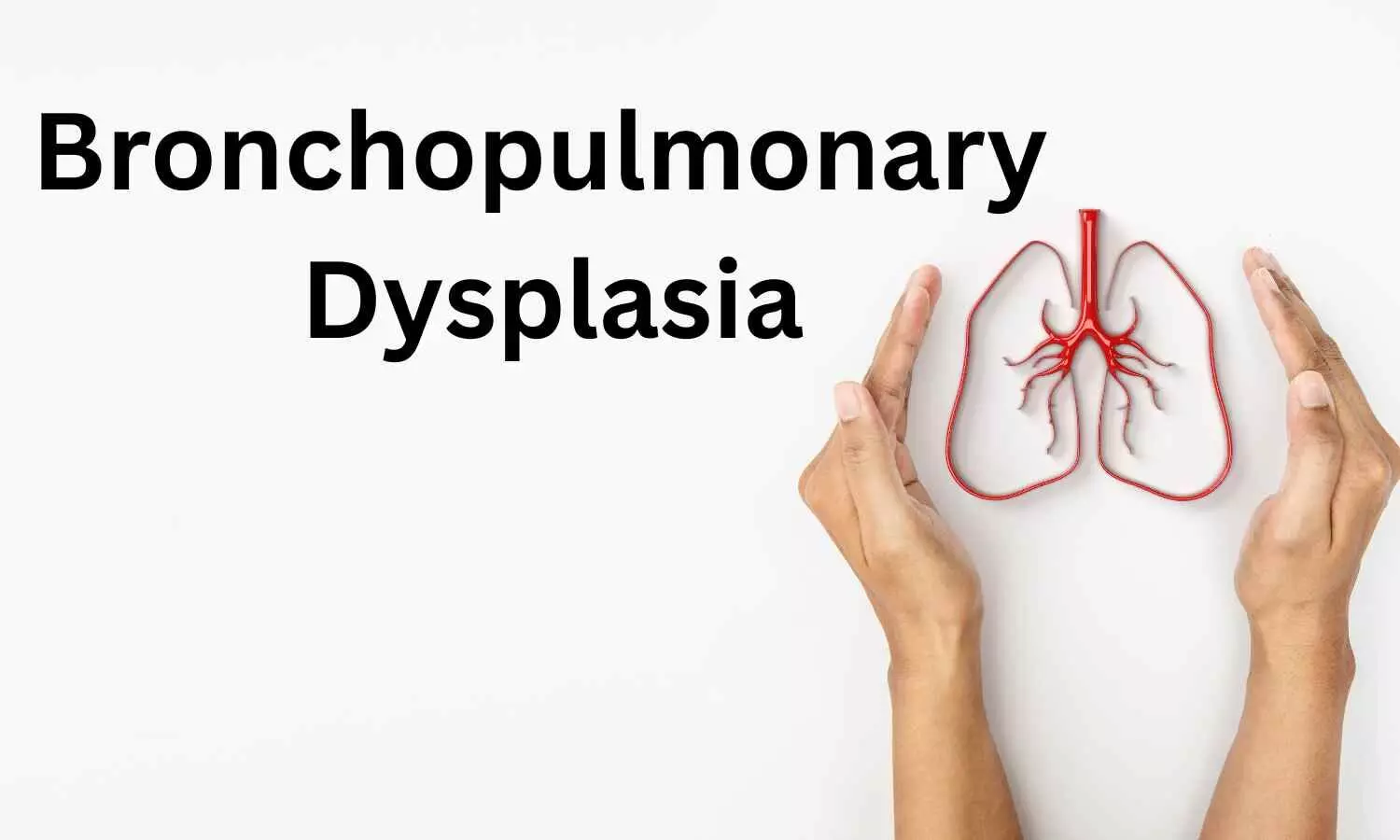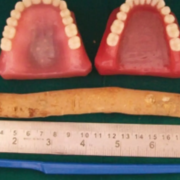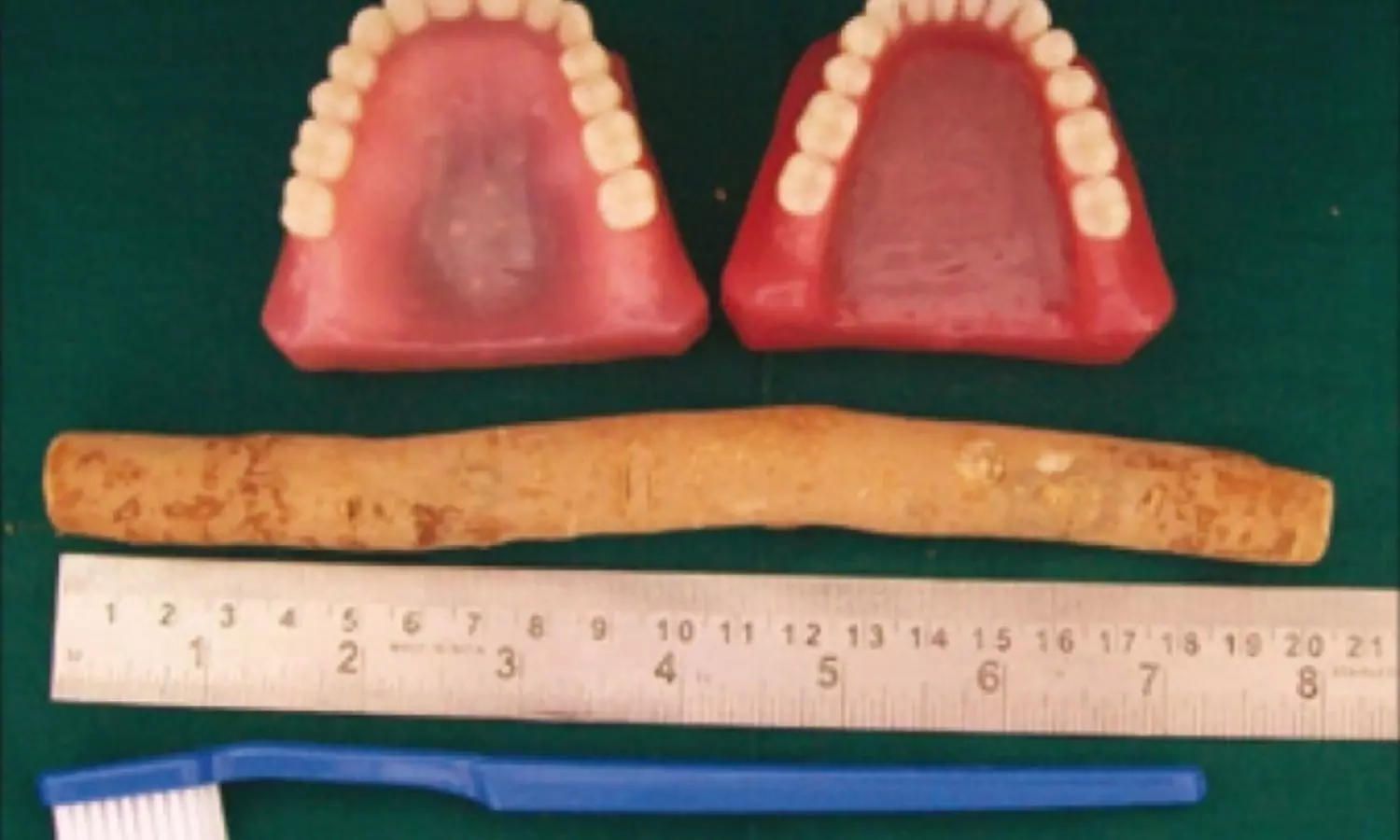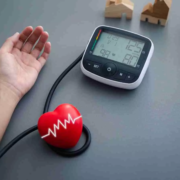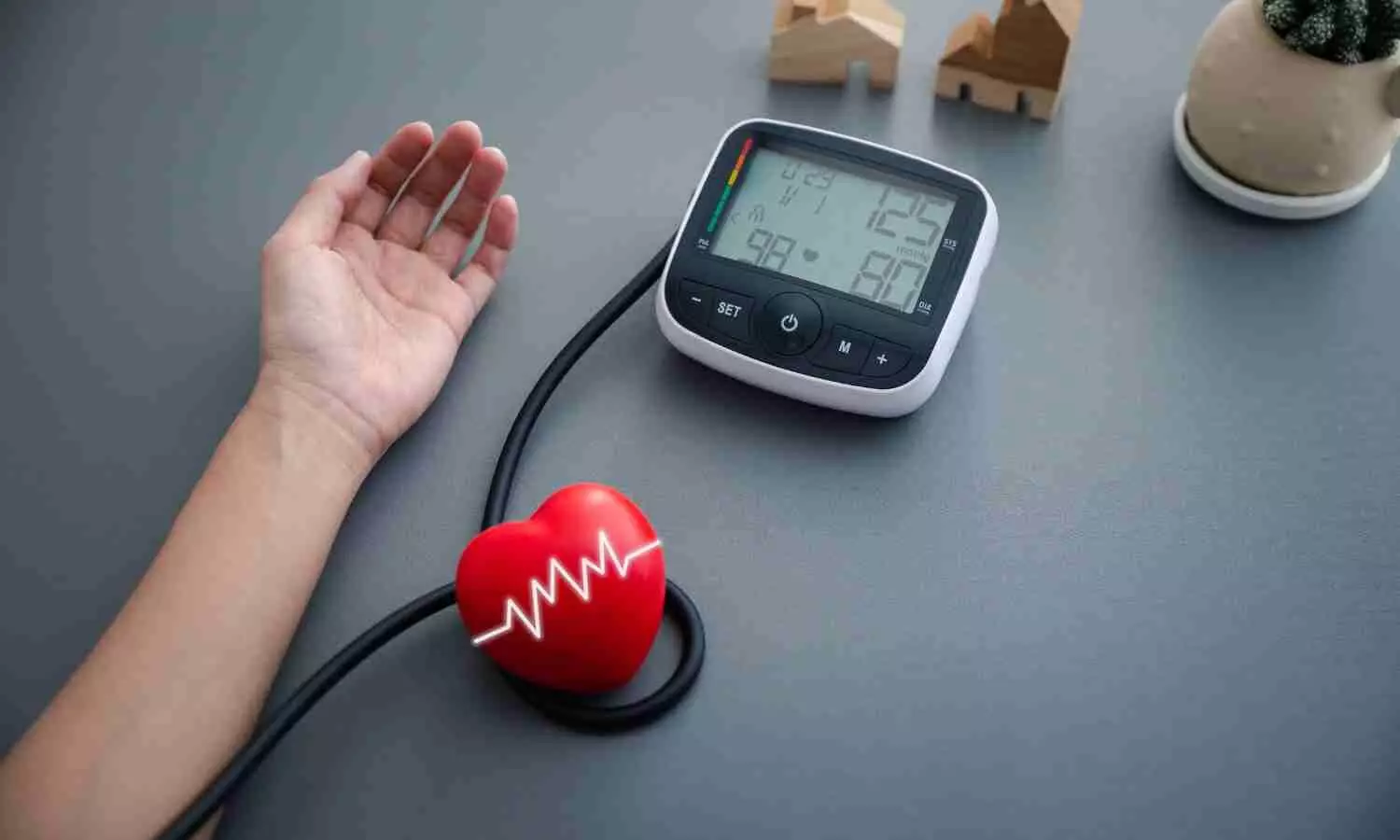The association between prenatal exposure to forever chemicals and elevated blood pressure was more pronounced among boys and children born to non-Hispanic Black mothers.
Per- and polyfluoroalkyl substances, or PFAS, are a large group of human-made chemicals used to make products resistant to water, grease and stains. People are most exposed to PFAS through drinking water, food and household products, such as food packaging, nonstick cookware, stain-resistant fabrics and carpets, and personal care products. They are called “forever chemicals” because they do not break down easily and can build up in the environment or in the body over time.
According to previous research, almost everyone in the world is exposed to PFAS through what they eat or drink, breathe or absorb through the skin. In addition, PFAS may also affect the rapidly developing fetus, a particularly sensitive time for exposure to toxic pollutants.
Previous studies have also noted that high blood pressure in children increased worldwide between 2000 and 2015, raising the future risk for heart disease and stroke.
This is one of the first investigations about the association between prenatal exposure to forever chemicals and offspring blood pressure from early childhood to adolescence among a racially and ethnically diverse population. The study evaluated associations of prenatal PFAS exposures with blood pressure by the child’s life stage, sex and maternal race/ethnicity.
“Our study shows that prenatal PFAS exposure is associated with higher blood pressure later in childhood, especially during adolescence,” said Zeyu Li, M.S.P.H., lead author and graduate student researcher at Johns Hopkins Bloomberg School of Public Health in Baltimore. “This suggests these forever chemicals can have long-lasting and potentially harmful effects that may only become apparent years after birth.”
The study followed 1,094 children from the Boston Birth Cohort over a median of 12 years, analyzed in conjunction with more than 13,000 blood pressure readings taken at routine pediatric visits.
Among children whose mothers had higher concentrations of forever chemicals in blood samples collected after delivery, the analysis found:
- As levels of chemicals known as PFDeA, PFNA and PFUnA doubled, systolic (top number) blood pressure was between 1.39 to 2.78 percentiles higher, and diastolic (bottom number) blood pressure was between 1.22 to 2.54 percentiles higher among children 13 to 18 years old;
- As levels of these chemicals doubled, the risk of elevated blood pressure increased by 6% to 8% for boys and for children born to non-Hispanic Black mothers.
- Unexpectedly, some forever chemicals (including Me-PFOSA-AcOH, PFHpS, PFHxS, PFOA, and PFOS) were linked to lower diastolic (bottom number) blood pressure in early childhood. However, these associations did not persist as children grew into adolescence.
“We hope our findings encourage more researchers to follow children into adolescence and beyond,” Li said. “Many past studies stopped at early or mid-childhood, however, our study shows that the health effects of prenatal PFAS exposure may not appear until the teen years.”
While people can try to limit their exposure-by choosing PFAS-free products or cookware-meaningful changes to reduce everyday PFAS exposures requires action at the policy level, researchers said.
“Our results reinforce the need for stronger environmental protections,” said Mingyu Zhang, Ph.D., M.H.S., FAHA, senior author of the study and assistant professor at Beth Israel Deaconess Medical Center and Harvard Medical School. “Reducing PFAS exposure-especially during pregnancy and in children-requires policy-level action to limit and phase out PFAS in consumer products and industrial uses, and to strengthen monitoring and regulation of PFAS in water systems. This is not something individuals can solve on their own.”
Justin Zachariah, M.D., M.P.H., FAHA, chair of the Association’s 2024 Scientific Statement Environmental Exposures and Pediatric Cardiology scientific statement, said: “We must remember that these chemicals last in our bodies for years, suggesting that perhaps prenatal exposure may have occurred before conception, and these chemicals may cause changes that can carry forward for generations. Therefore, improvements we make could echo for generations to come.”
The scientific statement summarizes examples of ubiquitous environmental toxicants and pollutants, including the forever chemicals studied by Zhang et al., and their associations with increasingly prevalent precursors and risk factors for cardiovascular disease, kidney disease and congenital heart disease.
Zachariah, who was not involved in Zhang et. al’s study, is an associate professor of pediatric cardiology at Baylor College of Medicine in Houston and medical director of the cardiovascular clinical research core at Texas Children’s Hospital. He noted that chemicals can interfere with hormones and disrupt usual adolescent development, perhaps including blood pressure. It is already known that boys and Black children are at higher risk of elevated blood pressure, and exposure to these chemicals may contribute to that higher risk, he said.
“If race is indicating socioeconomic disadvantage, shelf-stable processed, packaged foods are more likely to have PFAS exposure than well-rinsed fresh foods,” Zachariah said. “In addition, the children may have lifestyles that expose them to everyday items heavily burdened with these chemicals such as toys they may chew on, rain jackets, camping tents and more.”
He urges all adults to take actions like filtering water and changing cooking implements. Improved product labeling could also inform consumers about PFAS content so they can make healthier choices about exposure to forever chemicals.
Study limitations include that PFAS exposure was measured using a single blood sample from the mother taken within three days after delivery, and that fewer children had blood pressure measurements taken during adolescence compared to earlier childhood.
Study details, background and design:
- The Boston Birth Cohort is an ongoing study that includes a predominantly low-income population. Since 2004, the Boston Birth Cohort has followed 3,416 mother-child pairs.
- Women who delivered an infant without major birth defects at The Boston Medical Center were eligible to be included. In this analysis, 61% of participants self-reported as non-Hispanic Black mothers, 22% as Hispanic mothers and 17% as “other race/ethnicity,” which included white women, Asian women, women from Cape Verde or the Pacific Islands, and multiracial/multiethnic women.
- At the time of delivery, mothers were an average age of 29 years old.
- This analysis included 13,404 blood pressure measurements from 1,094 mother-child pairs, with maternal blood PFAS data and at least one blood pressure measurement of the child between the age of 3 and 18 years old.
- The blood was checked for levels of eight types of chemicals: 2-(N-Methyl-perfluorooctane sulfonamido) acetic acid (Me-PFOSA-AcOH), perfluorodecanoic acid (PFDeA), perfluoroheptane sulfonic acid (PFHpS), perfluorohexanesulfonic acid (PFHxS), perfluorononanoic acid (PFNA), perfluorooctanoic acid (PFOA),perfluorooctanesulfonic acid (PFOS) and perfluoroundecanoic acid (PFUnA).
- Researchers noted a stronger association between prenatal exposures to perfluorodecanoic acid (PFDeA) and perfluoroundecanoic acid (PFUnA) with higher blood pressure and risk of elevated blood pressure in adolescence among male children and non-Hispanic Black children.
- Blood pressure measurements were collected during children’s routine pediatric visits from July 2001 to February 2024. These visits happened multiple times for children ages 3 to 5 years, 6 to 12 years and 13 to 18 years.
- Analyses were adjusted to consider maternal health, delivery method, socioeconomic factors and the mother’s weekly fish consumption (because fish is a source of PFAS exposure in general populations).
Reference:
Zeyu Li, Prenatal Per‐ and Polyfluoroalkyl Substance Exposures and Longitudinal Blood Pressure Measurements in Children Aged 3 to 18 Years: Findings From a Racially and Ethnically Diverse US Birth Cohort, Journal of the American Heart Association, https://doi.org/10.1161/JAHA.124.039949.



